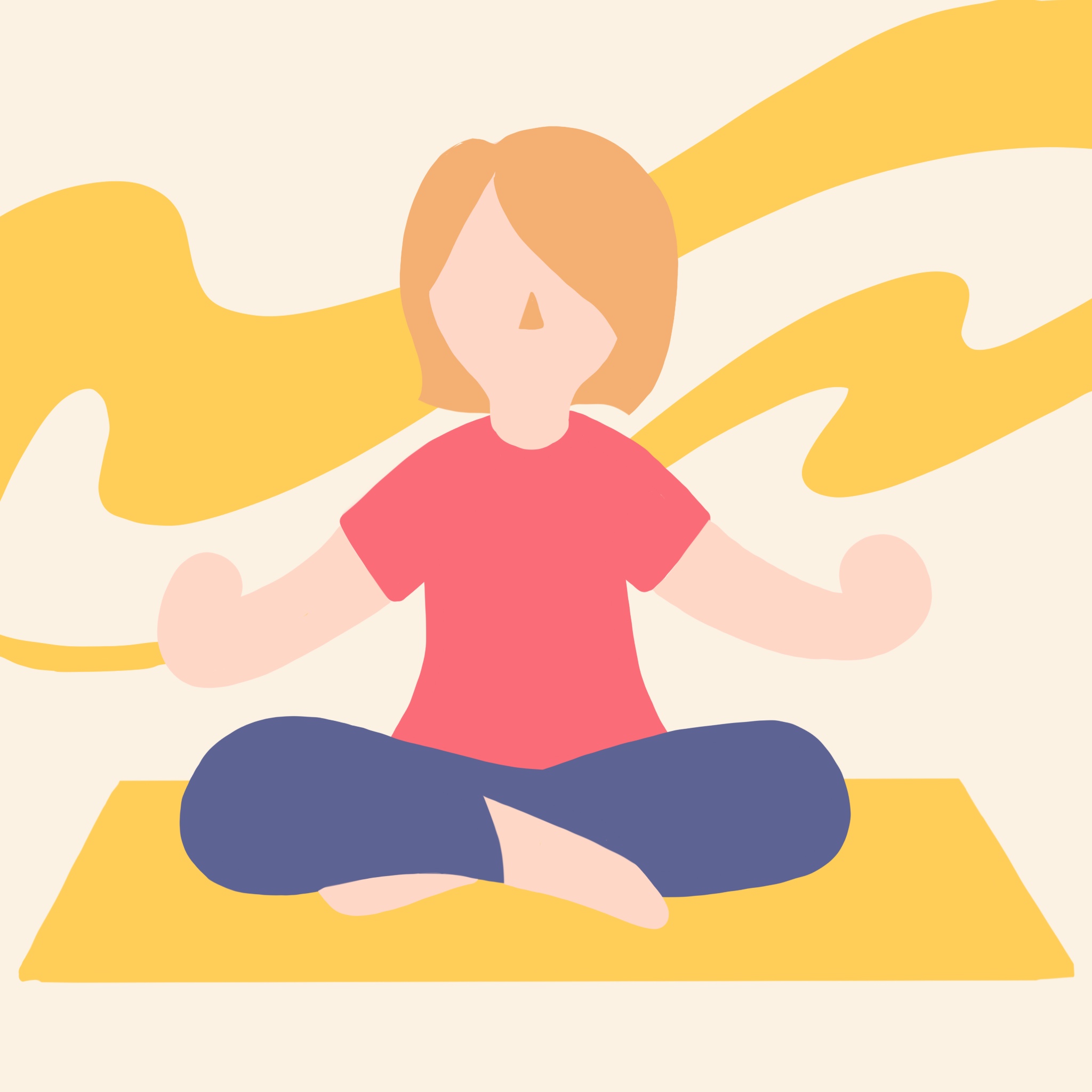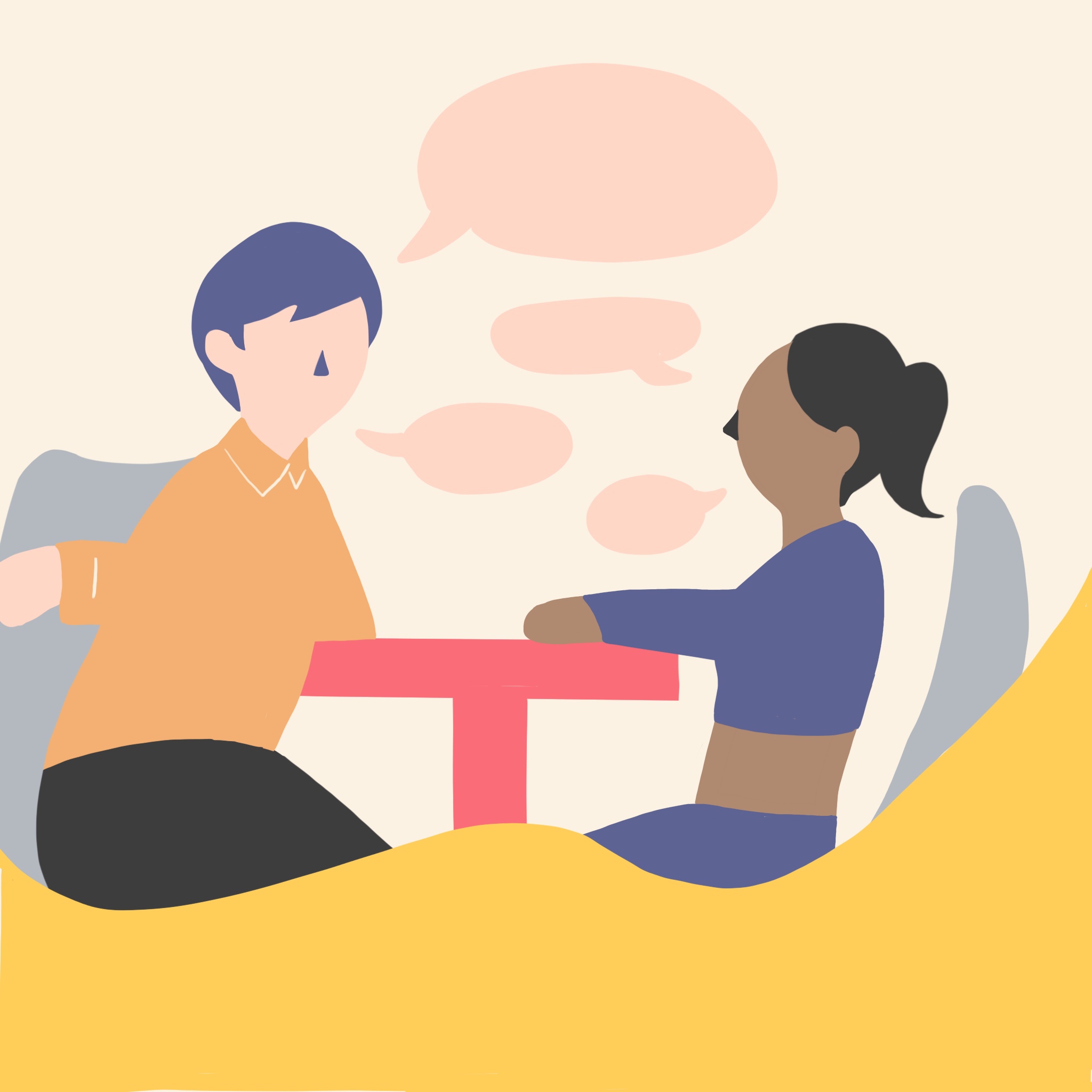Persistent pain can be treated successfully if all the different factors that contribute to it are addressed. Taking action to heal irritated tissues is important, but so is reducing the sensitivity of the nervous system, relieving stress, easing worrying thoughts, and improving mood. While it is important to relieve pain as much as possible, it is also important to learn how to manage pain as best as possible so that it’s effect on work, family, and other relationships are minimized.
Exercise
Exercise is not only safe for people with persistent pain, it is crucial to overcoming pain. Weak muscles need to be strengthened, and stiff muscles need to be stretched. In addition to exercises to re-train muscles general exercise such a walking, riding a stationary bicycle, or swimming, are important. Activity of any kind has a number of beneficial effects. Movement promotes blood flow, which furthers the healing process. It also stimulates the brain to produce its own powerful pain medicine (endorphins), lessens stress, and relieves anxiety. Finally, exercise is the most important way to decrease nervous system sensitivity.
Many people with persistent pain are afraid to move, either because they want to avoid pain or because they are concerned they might do damage to their spine. This sets up a vicious cycle, where lack of movement leads to more pain, which leads to less movement, and so on. Graded exposure is a method of gradually increasing activity levels to help you both overcome fear of pain and improve your physical function.
Medical treatments

Some people look to surgery as a solution for persistent pain. However, only 5% of spine problems can be reliably fixed with surgery. There are a number of other medical treatments that can be helpful. Medications can help decrease inflammation in the tissues and decrease the sensitivity of the nervous system. One type of medication that should be avoided is opioids, not only because they can be dangerous but also because they actually can make the nervous system more sensitive. Non-medication treatments- such as injections, acupuncture, chiropractic manipulations, and massage- usually provide only temporary benefit, but can be helpful if pain is interfering with the ability to exercise.
Stress reduction

Learning to control your responses to stressful situations will help you take more control over how your brain processes pain.
There are a number of ways to reduce stress, including breathing and muscle relaxation exercises, meditation, yoga, and tai chi.
Exploring the deeper meaning of pain and your surrounding personal story can also be very helpful. Many people make useful links between a stressful period of life and a worsening pain picture. For many, recognizing the deeper emotions associated with pain can be part of a healing process.
Addressing negative thoughts and emotions

Talk therapy can help you learn how to deal with negative thoughts and emotions. Cognitive behavioral therapy (CBT) is one type of talk therapy that is often used to help patients with persistent pain, as it can quickly help you identify and cope with specific challenges.
Focusing on the “what if” or the “worst possible outcome” is called catastrophic thinking and is also unhelpful thinking, since it is about things which have no basis in fact and over which you have no control. Learning to recognize when your brain goes down this path allows you to re-direct your thinking to what is actually happening, giving you more control over your thoughts.
Diet/lifestyle

What we eat and how we live can contribute to a sensitized nervous system. Looking at smoking, nutrition, alcohol, and activity levels are a good beginning.
Digestion requires energy. When your nervous system and brain are busy exchanging pain messages, the energy needed for digestion is used toward keeping the body in a state of high alert. This can cause an imbalance in your digestive system. There is indication that some foods may fuel a pain experience by triggering the release of neurotransmitters that heighten the senstitivity of the nervous system and affect your digestion.
Studies have shown that making some thoughtful adjustments to what you eat may provide some added relief to pain and sensitive stomachs.
Educating yourself about pain is actually therapeutic. Understanding that it is complex, how you think about and process pain and some of the underlying neuroscience can ease the fear and anxiety that are likely contributing to your pain--and begin to calm the brain. Studies have shown that increased awareness of underlying causes of your pain will lessen the agitation of your nerves.
